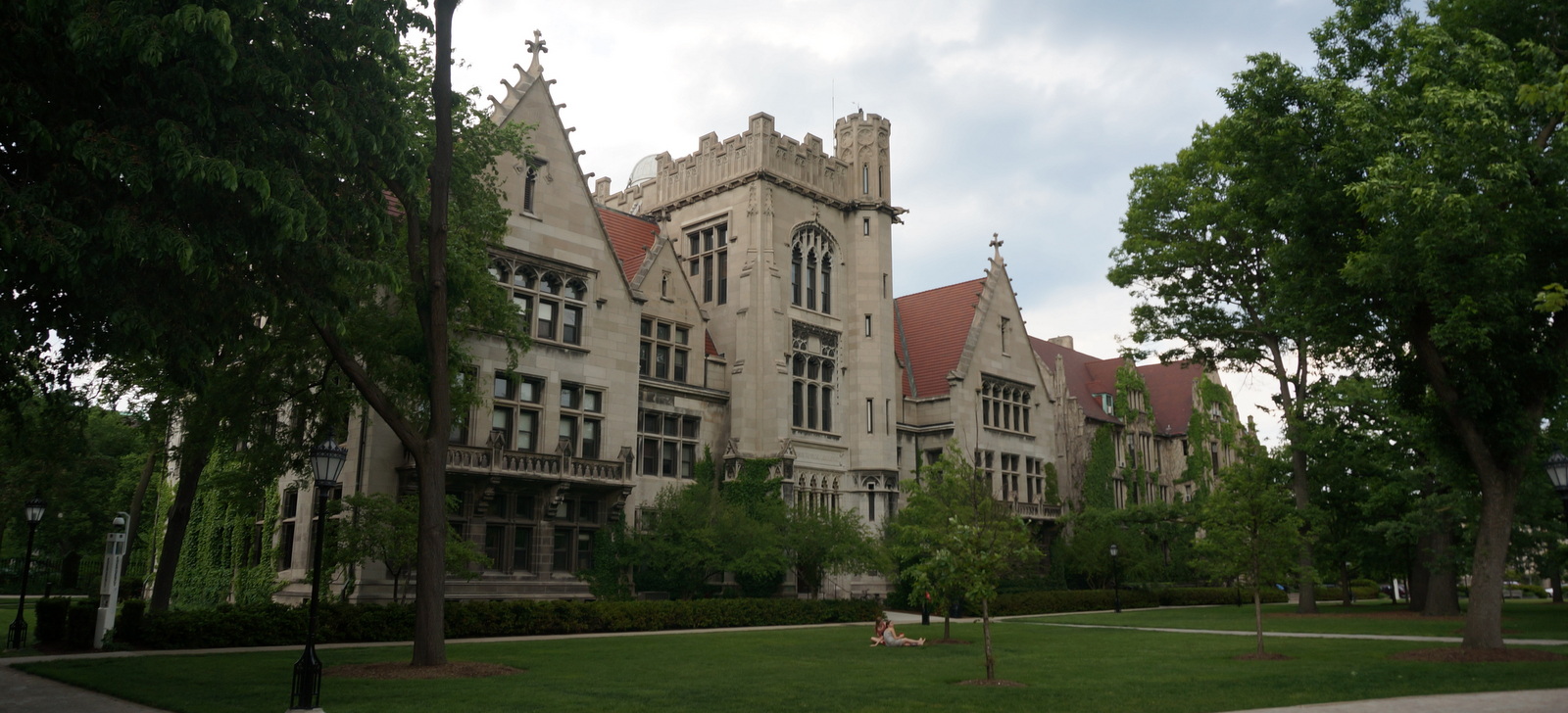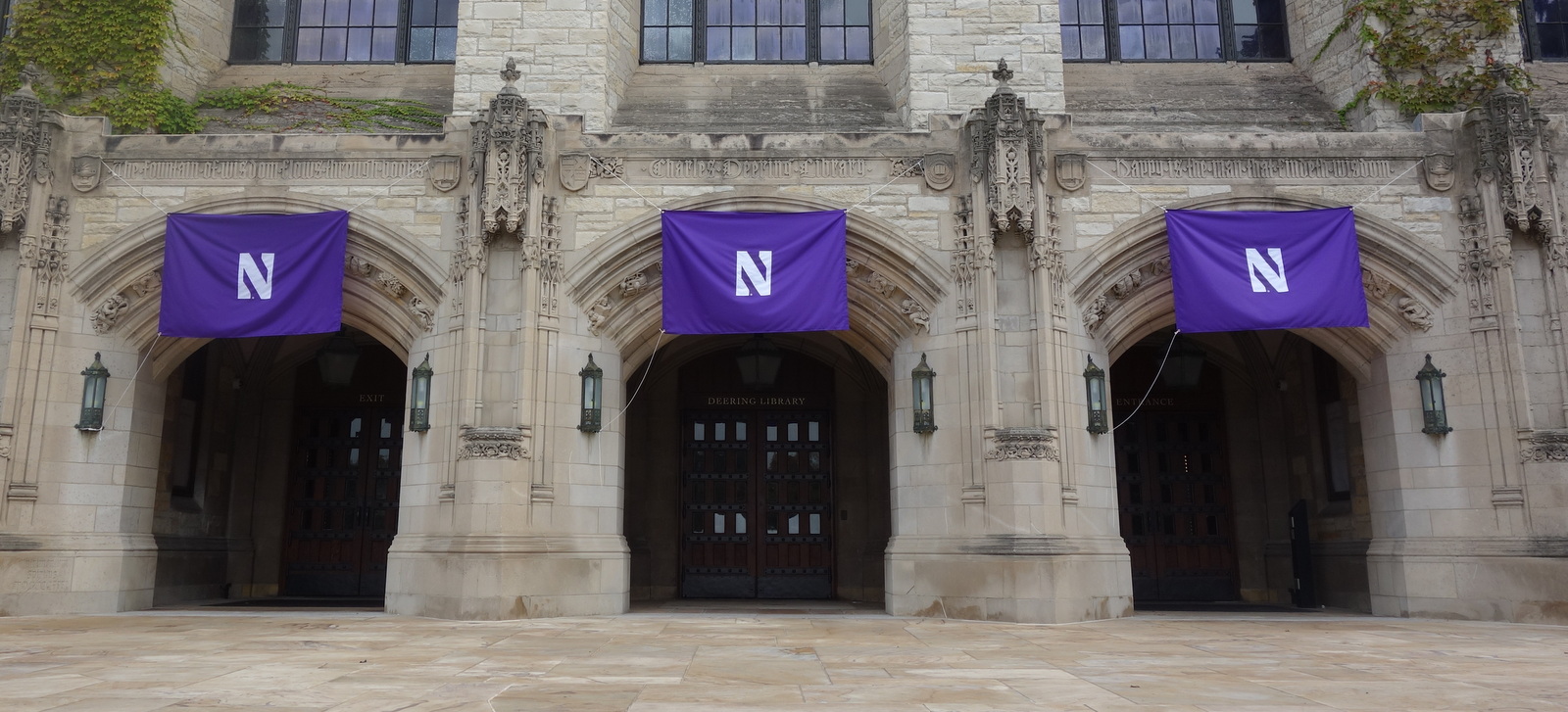Affording College: What are “Demonstrated Need” and the “EFC”?
I wrote a piece a few weeks back about colleges that are “truly affordable.” I defined such colleges as those that meet 100% of demonstrated need for all students.
So, what is demonstrated need?
The demonstrated need is the difference between the total cost of attendance – tuition, room and board, and diverse fees – and the estimated family contribution, or EFC.
There are two major pieces that together comprise the EFC for most families, assuming a dependent student. The first of these is the family’s “available income,” and the second is the parents’ “contribution from assets.”
The EFC calculator is a lot like a simplified form of filing your taxes.
Calculating “available income”
The “available income” results from calculating a family’s “total income” and subtracting a certain number of allowances, which include tax paid allowances, social security allowances, income protection allowances, and employment expense allowances. These are very direct and simple to fill out. Again, subtract the total allowances from the total income, and you get your “available income.”
Calculating “parents’ contribution from assets”
To calculate the estimated contribution from assets, add all cash, savings, and checking funds to the net worth of investments and any farm or business. Subtract from this total an amount that is derived from a given table (again, it’s very simple to follow) to yield the “discretionary net worth.” Twelve percent of the “discretionary net worth” comprises the “parents’ contribution from assets.”
Calculating EFC
Adding the “available income” and the “parents’ contribution from assets” yields the “adjusted available income.” For most families, the EFC is $8,007 (27% of income $29,600 or less) plus 47% of “adjusted available income” greater than $29,600. If there are more than one dependents from the family enrolled in college in the given year, the EFC is divided by the number of college students.
This sounds complicated, but it really is simple when you fill out the form.
And just to give some quick reference, if a family income is $100,000, probably around $40,000 of that (after allowances) will be deemed “available income.” If that same family has $50,000 of combined savings and investments, probably $40,000 of that will be protected (this allowance is 100% dependent on the age of the parents – it is not a percentage, and for families with the older parent in their 40s, it will be around $40,000), so the contribution from assets will be 12% of the remaining $10,000, or $1,200.
Thus, $41,200 (available income plus contribution from assets) would be deemed the “adjusted available income.” The EFC is then $8,007 + [.47*($41,200-$29,601)], or $13,451.53. Let’s say this family has two children both in college this year. Then the EFC for each child is $13,451.53/2, or $6,752.77.
Let’s say that one child is attending Macalester and one is attending Brown. Since both of these colleges meet 100% of demonstrated need, this family will be required to pay $6,752.77 to Macalester and $6,752.77 to Brown. According to statistics from each institution’s recent Common Data Set, the total cost of attendance at Macalester is $55,456 ($45,167 for tuition, $10,068 for room and board, and $221 for other required fees), and the total cost of attendance at Brown is $57,232 ($44,608 for tuition, $11,620 for room and board, and $1,004 for other required fees).
Therefore, the demonstrated need at Macalester is $55,456 minus $6,752.77, which equals $48,703.23. The demonstrated need at Brown is $57,232 minus $6,752.77, which equals $50,479.23.
Since Macalester and Brown both meet 100% of demonstrated need, the financial aid packages offered by Macalester and Brown will add up to $48,703.23 and $50,479.23, respectively, for the particular year described above.
The composition of each aid package is important though – a better aid package will include more grants and work-study with fewer loans. Princeton and Swarthmore are two schools that guarantee no-loan aid packages, but for almost all other schools, expect to see loans. On average, Macalester students graduate with $23,285 of debt, and Brown students graduate with $20,455 of debt. Each of these numbers is on the low side as far as overall averages go, but nonetheless represent substantial debt to carry on into an entry-level career.
In sum, determining which school will be most affordable for any family is a complex question, one that cannot be completely answered until they receive the official financial aid offer along with an offer of admission. Understanding of how financial aid works, however, and which schools offer (or do not offer) generous aid packages, will hopefully relieve anxiety regarding the theoretical vs. actual cost of admission.







Question related to the EFC and parent’s assets. Are $$s in a 529 account seen as “parent assets” or student’s? Are these $$s calculated as a percentage based on how you explained other parental assets or are they built into the equation in a different way? Thanks
Great question, Benjy, and one that I’ll defer to outside sources. My understanding is that a 529 in a parent’s name for a student is seen as a parental asset, but a 529 in a student’s name is a student’s asset and then it will get hit harder (in terms of being taken into consideration before determining your EFC). Here’s one link that goes more deeply into this – http://www.savingforcollege.com/intro_to_529s/does-a-529-plan-affect-financial-aid.php
My understanding is that only 5.64% (maximum) of the value of a 529 will be considered in the EFC calculation if it’s in a parent’s name, but up to 20% will be considered if it’s in the child’s name.